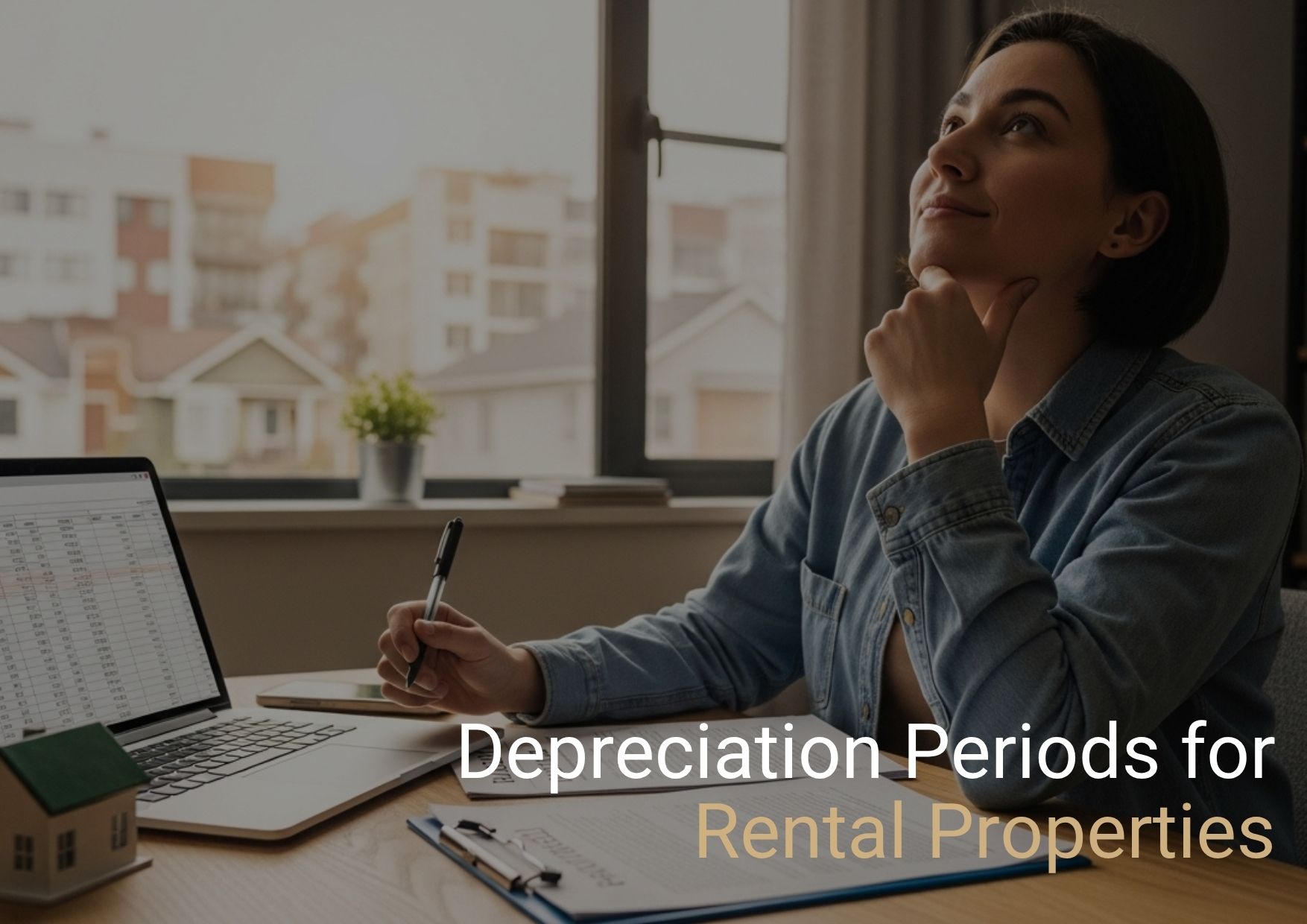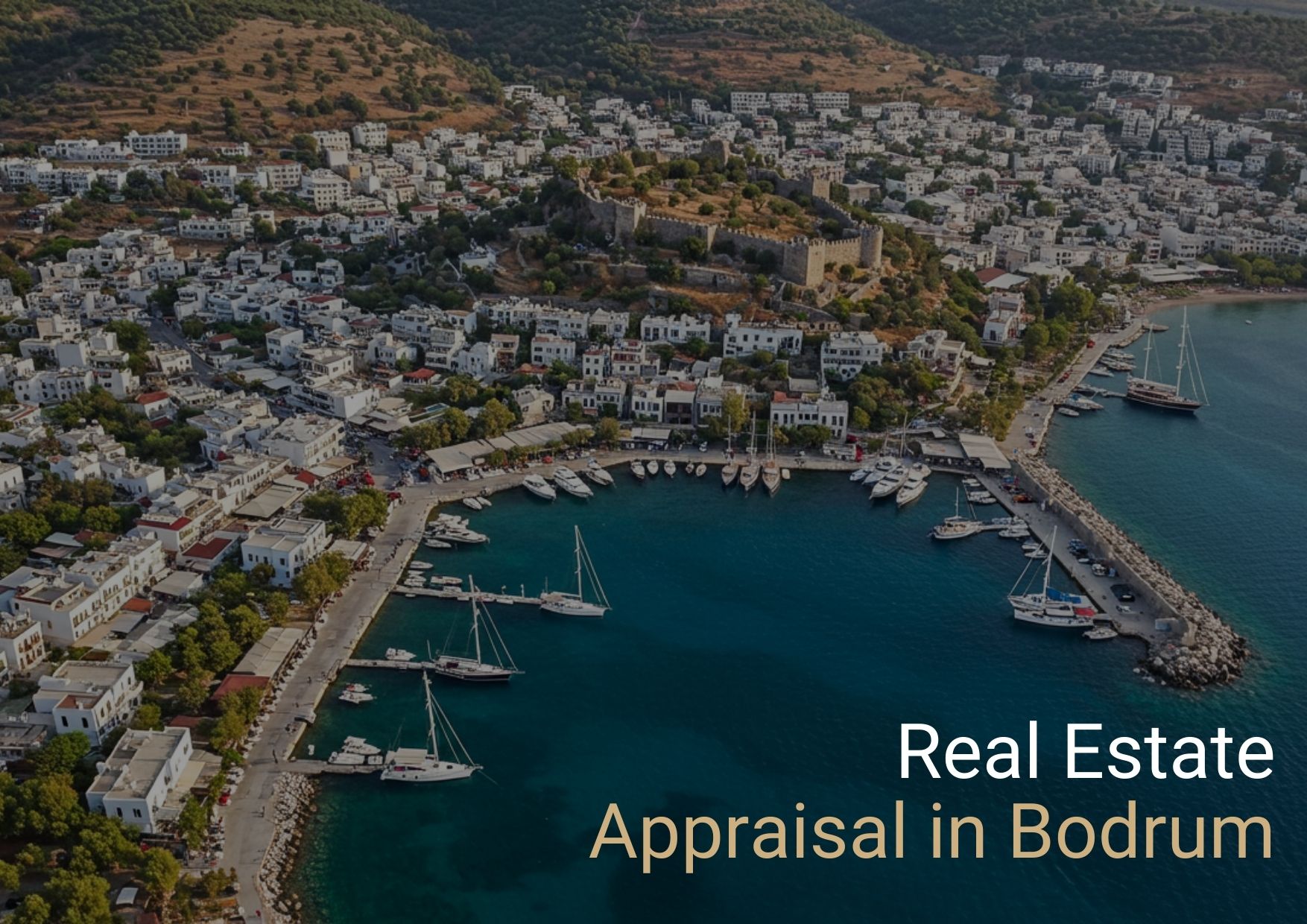
House Amortization Periods with Rental Income: Istanbul, Bodrum, Dubai and Miami (2025)
Eki 17 2025

As of 2025 , the average sales prices and monthly rental yields for one-bedroom (one-bedroom) residences in Istanbul , Bodrum , Dubai , and Miami will vary significantly. The table below shows the average sales prices and monthly rental yields in these four cities in USD, along with the rental multiplier and amortization period calculated from these values.
Average 1+1 Sales Prices and Rents (2025)

Note: Data for Turkey is compiled from Turkish Lira-based sources and converted to USD at the current exchange rate. For example, the average rent for a 1+1 apartment in Istanbul at the beginning of 2025 was around 27,000 TL, equivalent to approximately 1000 USD at that time's exchange rate. USD equivalents may change depending on exchange rate fluctuations throughout the year.
|
City |
Average 1+1 Sales |
Monthly Rent |
Rent Multiplier |
Amortization Period |
|
Istanbul |
$130,000 |
$600 |
217 months |
18 years |
|
Basement |
$150,000 |
$600 |
250 months |
21 years |
|
Dubai |
$300,000 |
$1,600 |
188 months |
16 years |
|
Miami |
$450,000 |
$2,200 |
205 months |
17 years |
USD amounts for Istanbul and Bodrum are approximate equivalents of the relevant period's TL averages .
Sources: The average sales price per square meter for Istanbul was reported as ≈55,500 TL (≈$1,520) in mid-2025. This translates to approximately $90,000 for a 1+1 apartment of ~60 m². However, prices in the central districts are much higher. The average monthly rent in Istanbul as of the end of 2024 is ~25,000-27,000 TL. The Bodrum housing market has reached record highs in recent years, with the average sales price per square meter in 2025 being ~110,000-116,000 TL, approximately twice that of Istanbul. Rents for 1+1 apartments in central Bodrum range from ~16,600–25,000 TL per month (approximately $400–$600). The median price of a 1-bedroom apartment in Dubai is ~1.28 million AED (≈$350k). The average annual rent for the same size apartment is ~61,885 AED (≈$16.8k). In Miami, the median price for all apartment types in the current housing market is ~$410k. The average rent for a 1-bedroom apartment is ~$2,400 per month.
Analysis of Lease Multiplier and Amortization Periods
In the table above , the rental multiplier is calculated as the ratio of a property's sales price to its monthly rental income. For example, assuming a one-bedroom apartment in Istanbul worth ~$130,000 generates a monthly rent of ~$600, the rental multiplier is approximately 217 months . This value indicates that the apartment can amortize itself in approximately 18 years . Similarly, the rental multiplier for each city can be interpreted as follows:
-
Bodrum: This is the region with the highest rental multiplier (≈250 months, or ~21 years). While housing prices in Bodrum have risen significantly, rents (especially for long-term rentals) are lower than the sales price. This translates to lower rental yields (~4-5% gross annual return). In other words, it takes longer for an investment in Bodrum to pay off in rental income than in Istanbul and other cities. This is partly because Bodrum's housing demand is largely for summer vacations, making it difficult to generate consistent rental income year-round.
-
Istanbul: The rental multiplier is lower than Bodrum's at ~217 months (18 years), meaning the return on investment is relatively shorter. Rents in Istanbul rose rapidly in the 2023-2024 period due to high inflation and increasing tenant demand . Because the rate of increase in sales prices remained relatively limited despite inflation (especially in foreign currency), gross rental yields increased. Indeed, the average depreciation period across Istanbul decreased to 16-19 years as of 2024 following the pandemic; in some surrounding districts, it was even observed to drop to 10-12 years for one-bedroom apartments. This suggests that the rental multiplier in Istanbul has improved in favor of investors compared to previous years.
-
Dubai: According to the table, the rental multiplier in Dubai is at its lowest at ~188 months (approximately 16 years). This demonstrates that Dubai is a market offering high rental returns . Average annual rental yields in Dubai can reach 6-8%. In particular, strong rental yields of 7-10% gross can be achieved for one-bedroom apartments in affordable areas. This makes Dubai attractive for investment property purchases. Indeed, according to mid-2025 data, the median price for one-bedroom apartments in Dubai is ~1.28 million AED, while the average rent for one-bedroom apartments in the city center is ~$1,700 per month. This low rental multiplier indicates that a housing investment can pay back in approximately 15-16 years, which is quite favorable compared to other metropolitan areas.
-
Miami: The rental multiplier in Miami is calculated at ~205 months (approximately 17 years). This ratio is similar to Istanbul. While rent multipliers in major US cities can generally exceed 20 years (240 months), Miami is a market where rents have risen significantly in recent years due to high immigration and increased housing demand. By 2025, average apartment rents in Miami range between $2,200 and $2,700 per month However, based on the current market value (approximately $400,000-$450,000), the gross rental yield is in the 6-7% range. This ratio is above the US average, making Miami a relatively attractive investment option. However, the actual return on investment may be slightly longer, as the net rental yield will be lower after taxes, dues, and expenses are taken into 4account.
What is the Rent Multiplier and How is it Calculated?
The rental multiplier is a ratio calculated by dividing a property's sales price by its monthly rental income. Simply put, a home's rental multiplier indicates how many months' rental income the property generates . This concept is frequently used to evaluate the profitability of a residential investment.
For example, an apartment with a sales price of $240,000 and a monthly rental income of $1,000 has a rent multiplier of 240 Months.
This result indicates that the apartment in question can be amortized through rental income in 240 months (20 years) . This period is also called the amortization period . As a general rule, investments with lower rental multipliers are more advantageous than those with higher rental multipliers because the investment's return on rental income is realized more quickly. The rental multiplier varies regionally and is influenced by factors such as the city and neighborhood where the property is located, as well as its size and quality. For example, rent multipliers can generally be higher (return on investment longer) in prestigious areas of major cities, while lower multipliers (shorter amortization periods) can be seen in developing or affordable areas.
In summary , the rental multiplier is a practical indicator for understanding the return on investment (ROI) of a property . A low rental multiplier (e.g., around 15 years) is preferred by investors, while investments with a high rental multiplier (e.g., 25-30 years) are considered less profitable. As seen in the examples of Istanbul, Bodrum, Dubai, and Miami compared in this study, the rental multiplier varies according to the market dynamics of each region and numerically demonstrates the attractiveness of a housing investment.
Latest Posts
- Investment Property
- Estate Turkey
- Investment Real Estate
- Investment Turkey
- Istanbul Villas
- Luxury Estate Turkey
- Penthouse Istanbul
- Property For Sale Istanbul
- Property Investment Turkey
- Property Istanbul
- Property Turkey
- Real Estate Istanbul
- Real Estate Istanbul Turkey
- Real Estate Turkey
- Real Estate Istanbul Turkey
- Seaside Istanbul
- Turkey Real Estate
- Turkish Estate
- Turkish Home
- CITY DESCRIPTIONS
- Latest News
- Miami Real Estate

 Real Estate Appraisal in Bodrum
Real Estate Appraisal in Bodrum
 Areas with High Rental Income in Istanbul
Areas with High Rental Income in Istanbul

